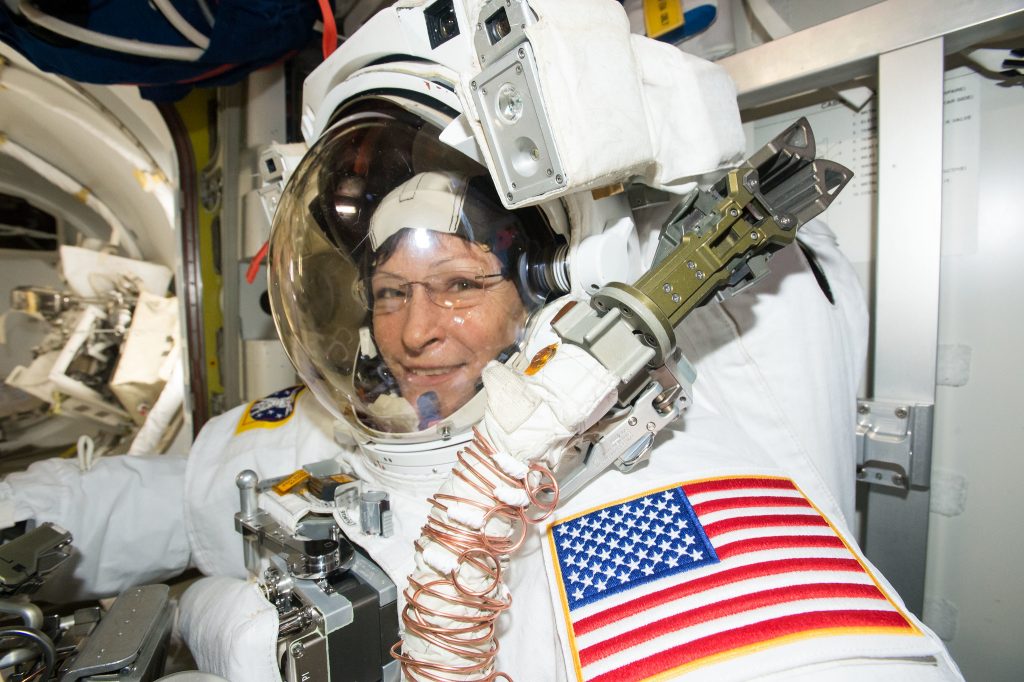May 3, 2019 is International Space Day
Introduction
“The goal of space day is to promote math, science, technology and engineering education by nurturing young peoples’ enthusiasm for the wonders of the universe and inspiring them to continue the stellar work of today’s space explorers.” (Quote from: spaceday.org)
Space or outer space describes the vast empty regions between planets and stars. The study of these and other astronomical objects is called astronomy, one of the oldest sciences. It is often said that space exploration began with the launch of Sputnik 1, the first man–made object to orbit the earth. Then in an almost unbelievable feat of human achievement Neil Armstrong and Buzz Aldrin travelled to the moon in 1969 and set foot on its surface during the Apollo 11 mission.
Recently it has become clear that the possibility of space colonization may no longer be exclusively reserved for science–fiction stories. Many controversial issues surrounding space have come to light, including commercial spaceflight, space laws and space weapons. (Check Wikipedia for additional information.)
Decorations
Hang stars, moons and planets from the ceiling. Use black table covers with star sprinkles or glitter sprinkles and moon rocks (balls of aluminum foil) over the tables. Small rockets using toilet paper rolls can be used as a centerpiece for each table (instructions on Pinterest). Glow sticks could be given to the women to take home as a reminder of the program.
Refreshments
Anything with a space related theme would be good for the refreshments such as: Moon pies, Milky Way candy bars, rock candy (looks like meteorites), Star Crunch cakes, Starburst candy and Bomb Pop frozen treats (look like rockets). Any flavored drink that has color can be labeled as Rocket Fuel.
Program Ideas
The video found at https://www.makers.com/documentary/womeninspace traces the history of women pioneers in the US space program. It is 53 minutes long and includes interviews with Eileen Collins, the first woman to pilot a spacecraft and Mae Jemison, the first woman of color astronaut. It also includes an interview with Peggy Whitson, the first female commander of the International Space Station, as well as many others. The hour ends with the next generation—the new group of pioneers. It is narrated by Jodie Foster.

Hidden Figures Movie
Show clips from the movie “Hidden Figures,” which tells the story of a team of female African-American mathematicians who served a vital role in NASA during the early years of the U.S. space program.
Our Solar System
Using information found on the Internet make up a true and false questionnaire about our solar system. Or make a crossword puzzle of space related words. One site is: crosswordhobbyist.com.
Outer Space
Read Psalm 147 and Psalm 19:1 – 2.
When I was young I can remember looking at the shapes of clouds and deciding what they resembled. When we rode in the car, I would imagine the clouds were following me, because if I closed my eyes for a few minutes and opened them again, the clouds were still right where they were before. I enjoyed watching the same cloud change shapes as the wind blew. I liked taking the time to smell the flowers in my grandmother’s yard when I climbed the fence to retrieve a ball. I remember plucking a flower off the stem and sucking the sweet juice from the end. I remember taking time to enjoy God’s creation. However, as I got older I looked at the clouds less frequently because “things” started to crowd out those leisure moments. We fail to “take time to smell the roses” and gazing at stars because these activities are for children who have all the time in the world or for teenagers who have zoned out in English class as they stare out the window. We have more important things that take up our time.
When you are young it seems all you have is time, but as we get older our lives tend to get busier and busier. There are always errands to run, commitments to keep and good reasons to rush. If we are not intentional, we will miss the opportunities to experience the beauty of God’s creation.
Psalm 147 speaks of the stars, the clouds, the rain, the heavens and many aspects of God’s creation. Psalm 19:1 – 2 (NIV) reminds us that:
1 The heavens declare the glory of God;
the skies proclaim the work of his hands.
2 Day after day they pour forth speech;
night after night they reveal knowledge.
When we take the time to look at the skies, we clearly see evidence of God’s glory. God created the heavens and earth so that everything living would rejoice in His splendor. But we rarely take the time to notice. He created all of creation for us to rejoice in and so often we completely overlook it. As we celebrate Space Day this year, let us be intentional about enjoying His creation. Let us make an effort each day to take time to marvel at the creation and the Creator. Let’s look daily at the beauty that surrounds us and be reminded of God’s faithfulness to us.
Close by singing, “Great is Thy Faithfulness” #26 in The Salvation Army Song Book.

